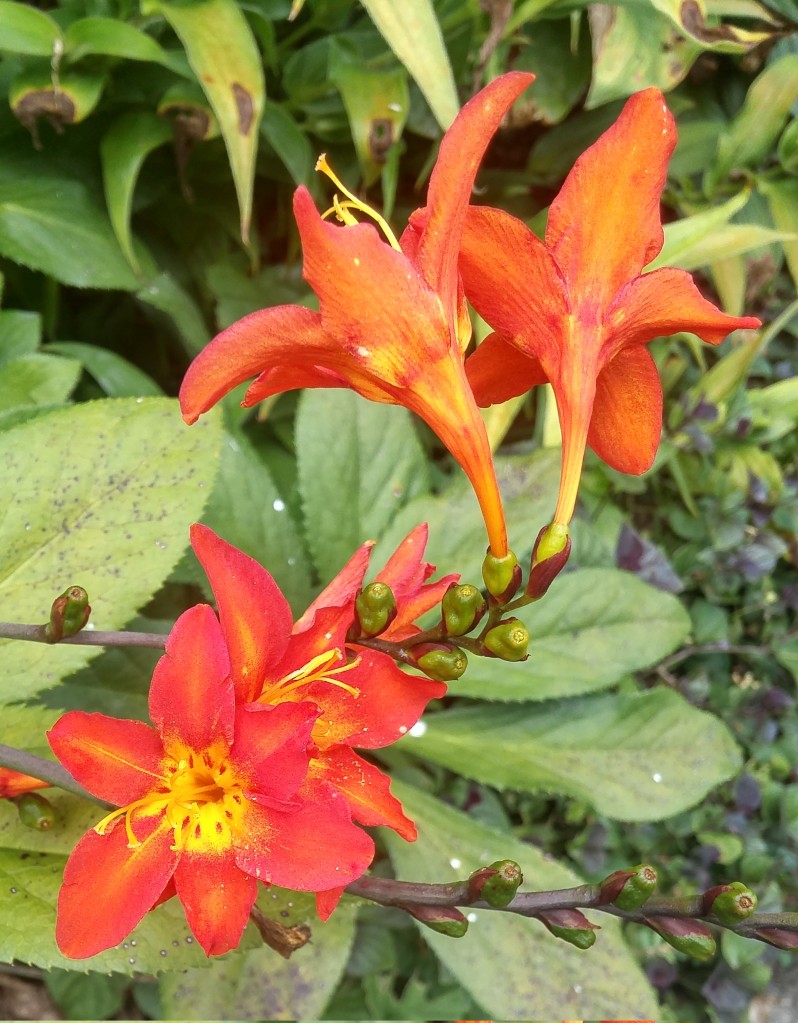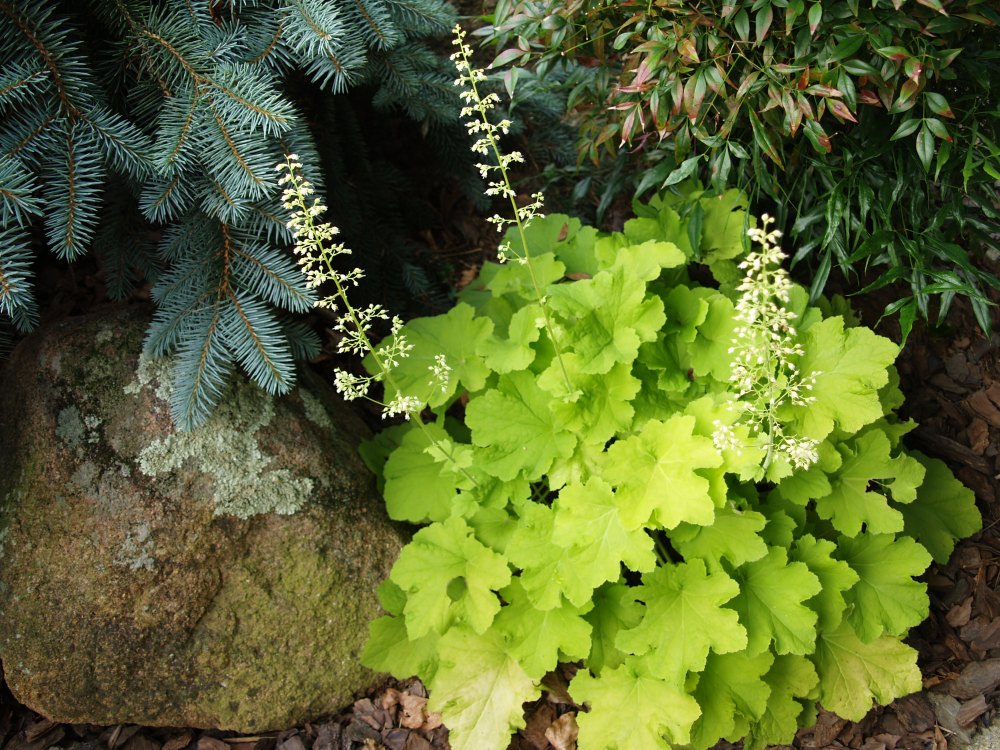Each August afternoon, the gardener scans the western sky for storm clouds that might bring relief to his parched garden. For weeks, scattered storms have looked promising, only to veer slightly off course. In fact, the garden is surviving this dry period with few problems, so I whine only in disappointment that another garden is irrigated, while mine is not. The long time gardener feels entitled to complain about the unfairness of nature, even while he knows his grumbling will not bring a drop of moisture.

Contrary to my youth, when an afternoon storm was cursed for fear it would cancel the day’s ballgame, summer rainfall is always welcomed by the gardener. I’ve noticed trees in the neighborhood, and the foliage of a few dogwoods in the garden has faded in the recent heat. A soaking rain will remedy this, and even a few substantial thunderstorms will give enough relief so I can put this worry behind me. One thing is certain, I will not be dragging hoses around the garden. Many trees and shrubs in this garden have thrived for a decades without my assistance, and I figure this cannot be any worse.

I chuckle when I hear that plants are fragile, incapable of surviving without the guiding hand of the gardener. Certainly, I’ve lost a plant or two from neglect, but that’s a few out of hundreds (maybe thousands). In this garden, more problems are caused by weeks of rain that encourage overly lush growth, which then cannot tolerate a spell of heat. This spring, several yellow leafed coral bells (Heuchera, below) were lost in a week of hot temperatures that followed three weeks of clouds and rain. Disappointing, but not surprising.

If I gave the lawn much thought, its current state would be a slight concern. There are patches of green and brown, and in the stress of summer a few too many weeds have crept in. I’m convinced that none of this is much to be bothered about, and as soon as temperatures cool a bit, and rain picks up, the lawn will perk up. No doubt, the lawn, even the brown parts, are not dead, only dormant and distressed. If I had full say in the matter, which I do not since my wife claims the final word on just about everything, the few remaining areas of lawn would be dug out and planted. Instead, I’ll put as little effort into the lawn as possible, and be very understanding when it goes dormant and turns to brown in the heat of summer.
Dave, I am in agreement with doing only what is necessary in my new garden and will only water my expensive Japanese maple trees or vegetables. I prefer a less manicured, formal garden but won’t tolerate weeds that choke everything in their path. That approach has worked well for me in creating my previous beautiful gardens. As I tell my neighbors I don’t “spoil” my plants. They have to be tough to withstand the extreme changes in climate here on a lake in central Virginia. I have found that the lime green,yellow heucheras are not as sturdy as the purple ones . Has that been your experience also?.
Cheers to a continued successful recovery!
The English Gardner
Plants that cannot tolerate adverse conditions will not last long in this garden. I try to place a plant where it has its best chance for survival, but then it’s on its own. For a plant that I favor, I will usually replant a time or two to assure I am not at fault, but I’ve seen enough of the yellow leafed heucheras to confirm they’re too soft.
Dave, curious about your pentas. Do they act as a perennial in the region? Seems like it is outside their hardiness zone but they look great and the pollinator aspect is useful. Thanks
Definitely an annual, but the hummingbirds love it, so I buy a few every spring.
Thanks a lot for the lovely article.